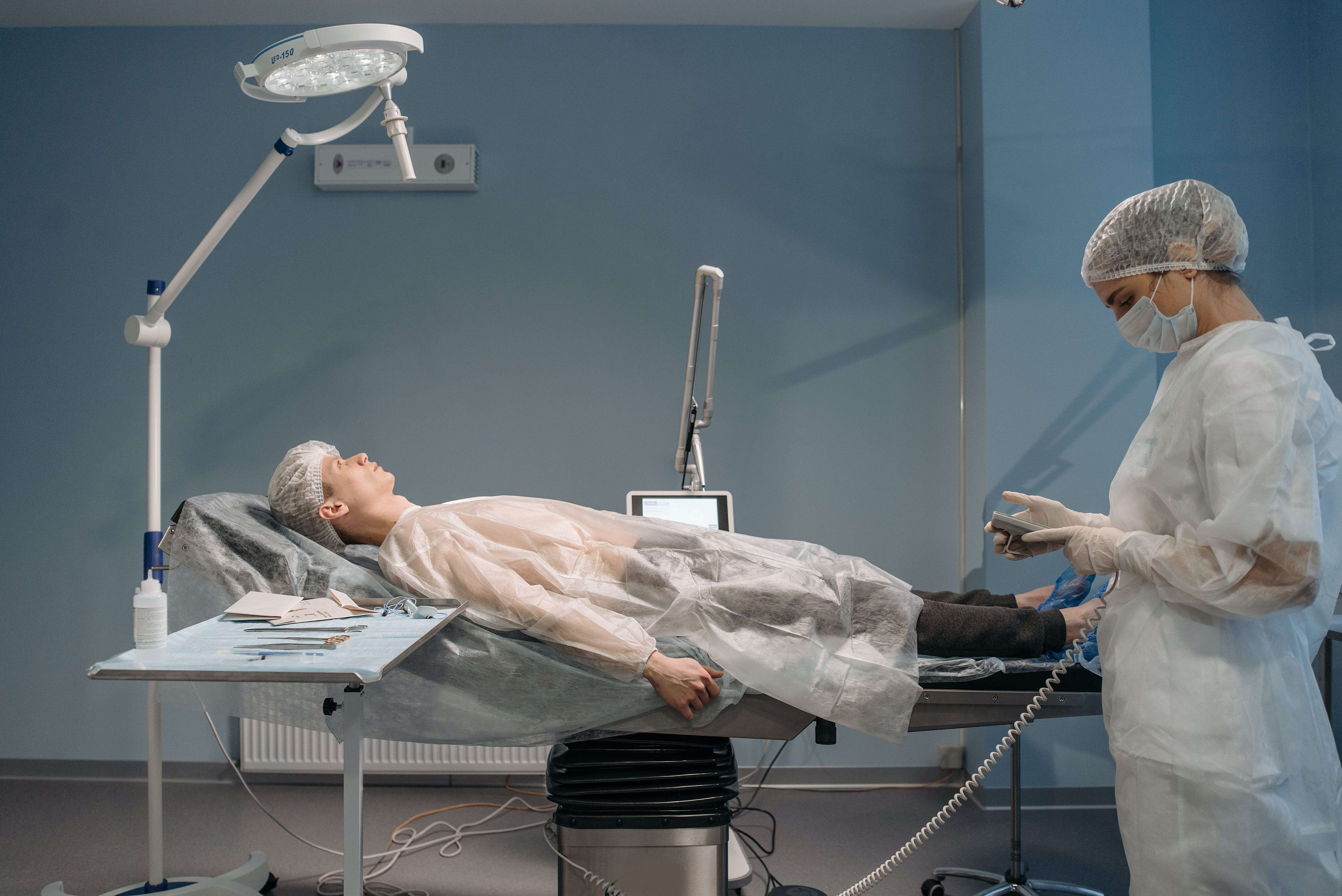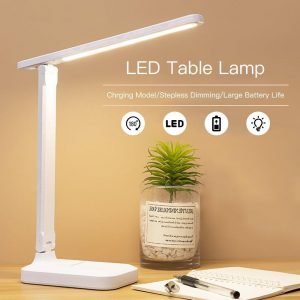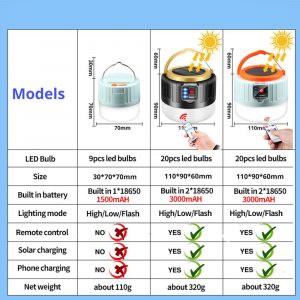*Your Ultimate Guide to Efficient Lighting in the Healthcare Industry*
Introduction
Welcome to the world of LED Lighting for healthcare! In today’s fast-paced healthcare industry, efficient lighting solutions are crucial for creating a safe and comfortable environment for patients and healthcare professionals alike.
LED lighting has revolutionized the way we illuminate our surroundings, offering numerous advantages over traditional lighting options. But with so many technical terms and options to consider, it can be overwhelming for beginners. Fear not! In this guide, we will demystify the world of LED lighting, focusing on lumens, watts, and how to choose the right lights for your healthcare facility.

The Rise of LED Lighting in Healthcare
Before we dive into the technical details, let’s take a moment to understand the historical context and the reasons behind the rapid adoption of LED lighting in the healthcare industry.
LED, short for Light Emitting Diode, was first invented in the 1960s. However, it took several decades for LED technology to advance and become a viable option for widespread use.
LED lighting gained popularity in healthcare facilities due to its numerous benefits, including energy efficiency, longer lifespan, and enhanced visual comfort. These advantages not only reduce energy costs but also contribute to a healthier and more productive environment for both patients and staff.
Lumens vs. Watts: Understanding the Basics
Watts: The Old Way of Measuring Power
In the past, watts was the primary unit of measurement used to determine the brightness of a light source. It measured the amount of power consumed by a bulb. However, watts are not a reliable indicator of brightness when it comes to LED lights.
LED technology has made significant strides in energy efficiency, allowing LED bulbs to produce more light while consuming fewer watts compared to traditional incandescent bulbs.

Lumens: The New Standard for Brightness
Enter lumens, the new standard for measuring brightness. Lumens represent the total amount of visible light emitted by a light source, regardless of the power consumed. The higher the number of lumens, the brighter the light.
To put it into perspective, a traditional 60-watt incandescent bulb produces around 800 lumens, while an LED bulb with the same brightness consumes only 9-12 watts. This significant reduction in power consumption is a game-changer, leading to substantial energy savings and lower electricity bills.
Choosing the Right LED Lights for Your Healthcare Facility
Now that we have a basic understanding of lumens and watts, let’s explore the factors to consider when choosing LED lights for your healthcare facility. Each area has different lighting requirements, and selecting the right lights can have a profound impact on the overall ambiance and functionality of the space.
1) Patient Rooms
Patient rooms should be designed to promote healing and comfort. When selecting LED lights for these spaces, consider the following:
Color Temperature: Opt for LED bulbs with a color temperature between 2700K to 3000K for a warm and cozy atmosphere that mimics natural daylight.
Dimmability: Choose LED bulbs that are compatible with dimmer switches. This feature allows patients to adjust the lighting according to their preferences and promotes a sense of control over their environment.
Uniform Illumination: Ensure that the LED lights provide uniform illumination throughout the room to minimize shadows and create a soothing ambiance.
2) Operating Rooms
Operating rooms require bright and precise lighting to facilitate surgical procedures. Here are some key considerations:
High Color Rendering Index (CRI): Look for LED lights with a high CRI (>90) to ensure accurate color representation, allowing surgeons to distinguish between different tissues and organs with ease.
Flicker-Free Lighting: Flickering lights can cause eye strain and fatigue. Choose LED lights with no visible flickering to provide a stable and comfortable environment for surgical teams.
Directional Lighting: LED lights with adjustable beam angles allow surgeons to direct the light exactly where it is needed, minimizing shadows and enhancing visibility during critical procedures.
3) Hallways and Waiting Areas
Well-lit hallways and waiting areas are crucial for patient safety and comfort. Here’s what to consider:
Energy Efficiency: LED lights with low wattage and high lumens are ideal for illuminating hallways and waiting areas while keeping energy consumption in check.
Long Lifespan: Opt for LED lights with a long lifespan to minimize maintenance and replacement costs in high-traffic areas.
Motion Sensors: Installing LED lights with motion sensors in hallways can help conserve energy by only illuminating when someone is present. This feature is especially useful during nighttime when foot traffic is minimal.
4) Task Lighting
Task lighting is essential in areas where specific tasks are performed, such as examination rooms and nurse stations. Consider the following factors:
Adjustability: LED lights with adjustable brightness levels and beam angles allow healthcare professionals to customize the lighting according to their specific needs.
Glare Reduction: Look for LED lights with diffusers or anti-glare features to minimize eye strain and provide a comfortable working environment.
Color Temperature Options: Different tasks may require different color temperatures. Provide LED lights with adjustable color temperature options to cater to the specific requirements of healthcare professionals.
The Future of LED Lighting in Healthcare
As technology continues to advance, the future of LED lighting in the healthcare industry looks promising. Here are some exciting trends and potential implications:
Smart Lighting Systems: Integration of LED lighting with smart systems, such as Internet of Things (IoT) platforms, can enable healthcare facilities to control and monitor lighting remotely, optimize energy consumption, and enhance patient experience.
Human Centric Lighting: Research suggests that lighting can have a significant impact on human health and well-being. Human Centric Lighting (HCL) focuses on providing lighting solutions that mimic natural daylight and adjust throughout the day to support circadian rhythms. Implementing HCL in healthcare facilities can potentially improve patient outcomes and reduce stress levels among staff.
UV-C LED Technology: Ultraviolet-C (UV-C) light has proven disinfection properties, capable of eliminating harmful bacteria and viruses. The development of UV-C LED technology opens up new possibilities for implementing automated disinfection systems in healthcare settings, enhancing infection control protocols.
Conclusion
LED lighting has transformed the healthcare industry, offering energy-efficient, long-lasting, and versatile lighting solutions. By understanding lumens, watts, and the specific lighting needs of different areas within your healthcare facility, you can create a safe, comfortable, and visually appealing environment for patients and staff members alike.
Remember, when choosing LED lights, consider factors such as color temperature, dimmability, CRI, and energy efficiency. Stay informed about emerging trends and technologies to ensure your healthcare facility remains at the forefront of lighting innovation. Together, let’s embrace the power of LED lighting to illuminate the path towards a brighter and healthier future in healthcare











